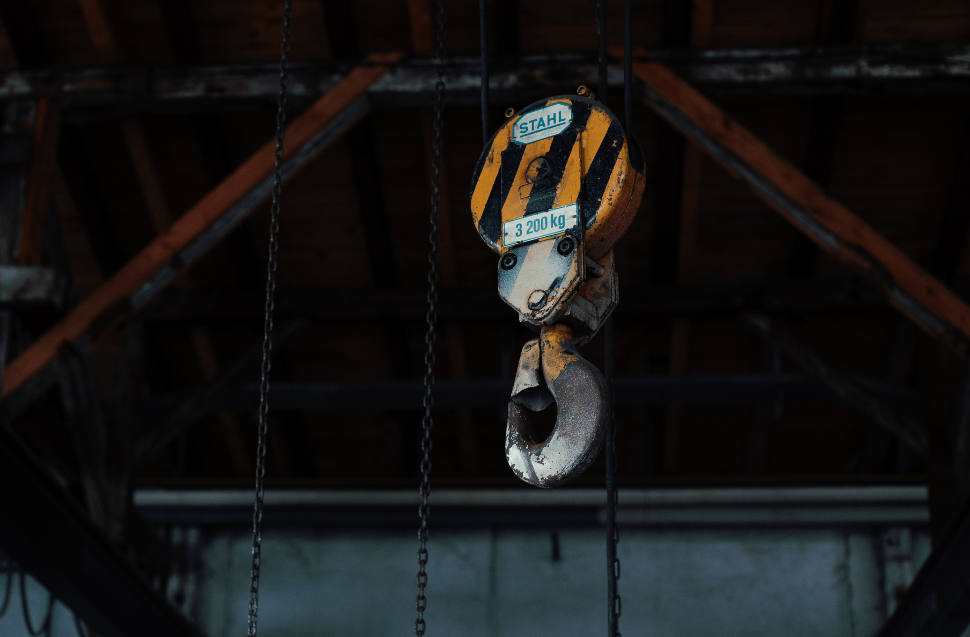Upward Revision Results in 14 Consecutive Months of Manufacturing Growth at the National Level
Support for mining activities continues to support mining and logging growth.
Total nonfarm employment was mostly stable around the country, with only three states (North Carolina, -21,900 jobs or a decrease of 0.5 percent compared to August; South Carolina, -14,500 or 0.7 percent; and Kansas, -6,900 or 0.5 percent) experiencing significant decreases in employment for the month. Georgia gained the most jobs in September with an increase in employment of 15,300 jobs (0.3 percent).
The results for blue collar jobs were mixed. Seventeen states gained jobs in the combined super sectors of construction, manufacturing, and mining and logging. The largest gains were seen in Texas (8,400 jobs, an increase of 0.4 percent over the month), Illinois (3,700 jobs or 0.4 percent), Missouri (3,600 jobs or 0.9 percent), and Georgia (3,500 jobs, 0.6 percent). California lost 3,400 blue collar jobs, a decrease of 0.2 percent. Blue collar jobs were just 12.7 of total nonfarm employment in California in September.
Other states that saw a drop in blue collar employment include Indiana and North Carolina, which both experienced a decrease of employment of 1,100 jobs or 0.3 percent each, and New Jersey, which lost 1,700 blue collar jobs, a decrease of 0.4 percent. By Census region, the only division to lose jobs was the Pacific (-4,300, 0.1 percent). Blue collar employment was flat in Washington, the only state in the Pacific that did not lose blue collar jobs in September. At the national level, jobs in these three industries made up 13.9 percent of total nonfarm employment in September, an increase of 0.2 percentage points compared with September of 2017.
In construction, Pennsylvania added 3,700 jobs for an increase in employment of 1.5 percent. This was followed by Texas at 3,000 jobs (0.4 percent) and Georgia at 2,900 jobs, an increase of 1.4 percent. Michigan experienced the largest falloff in construction employment (2,100 jobs or a decrease of 1.2 percent). This falloff was followed by California at -2,000 jobs (1.2 percent) and New Jersey at -1,500 jobs (1 percent), while Kansas and Washington each lost 1,400 construction jobs (2.3 and 0.7 percent, respectively). Regionally, only the Pacific Census Division saw a decrease in construction jobs where employment was down 0.3 percent compared to last month, or 3,500 jobs.
At the national level, manufacturing gained 18,000 jobs in September. With the upward revision of the August manufacturing totals from -3000 to +5000, the percent change in manufacturing employment has averaged 0.1 percent in manufacturing over the last three months. Ohio added 3,400 jobs, a 0.5 percent increase from last month. This was followed by Texas at 2,800 jobs (0.3 percent) and Illinois and Tennessee at 2,300 jobs or 0.4 and 0.7 percent, respectively. Florida saw a decrease of 1,800 jobs (0.5 percent) in September while North Carolina lost 1,700 jobs (0.4 percent). Minnesota experienced a falloff of 1,600 jobs (0.5 percent), followed by California with -1,500 jobs or 0.1 percent. Indiana and New York are the only states in the “Rust Belt” that have lost blue collar sector jobs over the last year. Manufacturing employment in both states dropped by 1,100 or 0.2 percent, continuing a trend of manufacturing as a declining share of total nonfarm employment.
Mining and logging grew by 5,000 jobs in September at the national level. However, employment was down in both oil and gas extraction (-500 jobs, 0.3 percent) and coal mining (-300 jobs, 0.6 percent). The gains in mining and logging were again buoyed by the contract work in support for mining activities. At the state level, Kentucky and Pennsylvania coal mining employment was flat (5,900 and 5,300 jobs, respectively), while Wyoming coal mining employment fell by 100 jobs to 5,500. In support activities for mining, Texas added 3,000 jobs (169,000 total) and Louisiana added 800 (27,000 total)*. Nationally, these jobs are 2.7 percent of total nonfarm employment and 3.6 percent of blue collar employment.
*State data in Mining and Logging is not seasonally adjusted
California Coal mining Construction Florida Illinois Indiana Kansas Kentucky Logging Manufacturing Michigan Mining Missouri New Jersey North Carolina Pennsylvania South Carolina Tennessee Texas Wyoming

